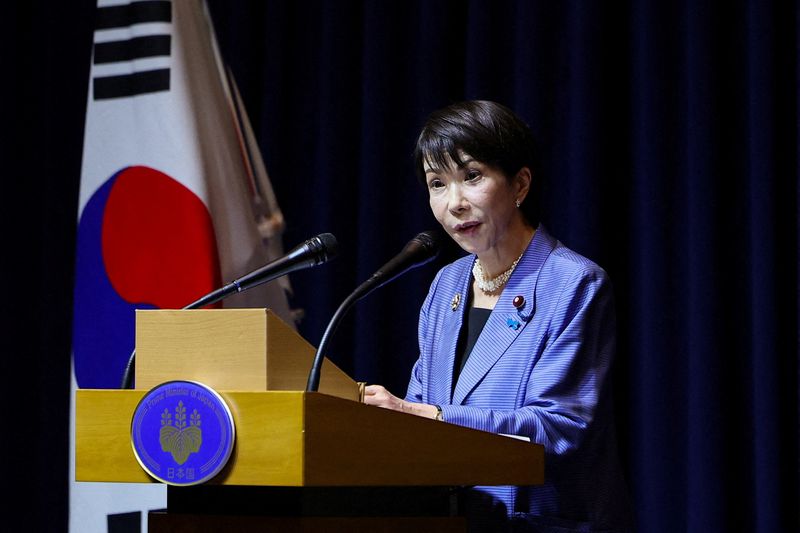What's Happening?
Austrian crystal manufacturer Swarovski is set to reduce its workforce by at least 400 employees from its 2,200-strong team at the beginning of 2026. This announcement was made by the Tyrol Chamber of Labour (AKT), which also indicated that the number
of job cuts could increase to 500 if the remaining employees do not agree to a proposed reduction in working hours. The AKT has criticized the management's strategy, suggesting that previous commitments to the Wattens site were not genuine. Since 2007, Swarovski has reduced its workforce by over 5,000 jobs, with 600 redundancies occurring between January 2023 and October 2025. The company also plans to eliminate most night shifts, except at the Glashütte site, and cancel its factory transport service.
Why It's Important?
The job cuts at Swarovski highlight the ongoing challenges faced by traditional luxury goods manufacturers in adapting to changing market conditions. The reduction in workforce and operational shifts suggest a strategic pivot aimed at cost-saving and efficiency. This move could impact the local economy in Wattens, where Swarovski has been a significant employer. The decision also reflects broader trends in the luxury industry, where companies are increasingly focusing on streamlining operations to maintain competitiveness. Employees and local communities may face economic uncertainty, while the company seeks to stabilize its financial position.
What's Next?
The future of Swarovski's operations in Wattens remains uncertain, with potential further reductions in workforce if the proposed working hour changes are not accepted. The company's management may face pressure from labor representatives and local stakeholders to provide clearer commitments to the site's future. Additionally, Swarovski's strategic decisions will likely be closely monitored by industry analysts and competitors, as they may signal broader shifts in the luxury goods sector.
Beyond the Headlines
The situation at Swarovski raises questions about the sustainability of traditional manufacturing sites in a rapidly evolving global market. The company's reliance on cost-cutting measures could indicate deeper structural issues within the luxury goods industry, such as the need for innovation and adaptation to digital trends. The ethical implications of workforce reductions and the impact on community welfare are also significant considerations for stakeholders.

















